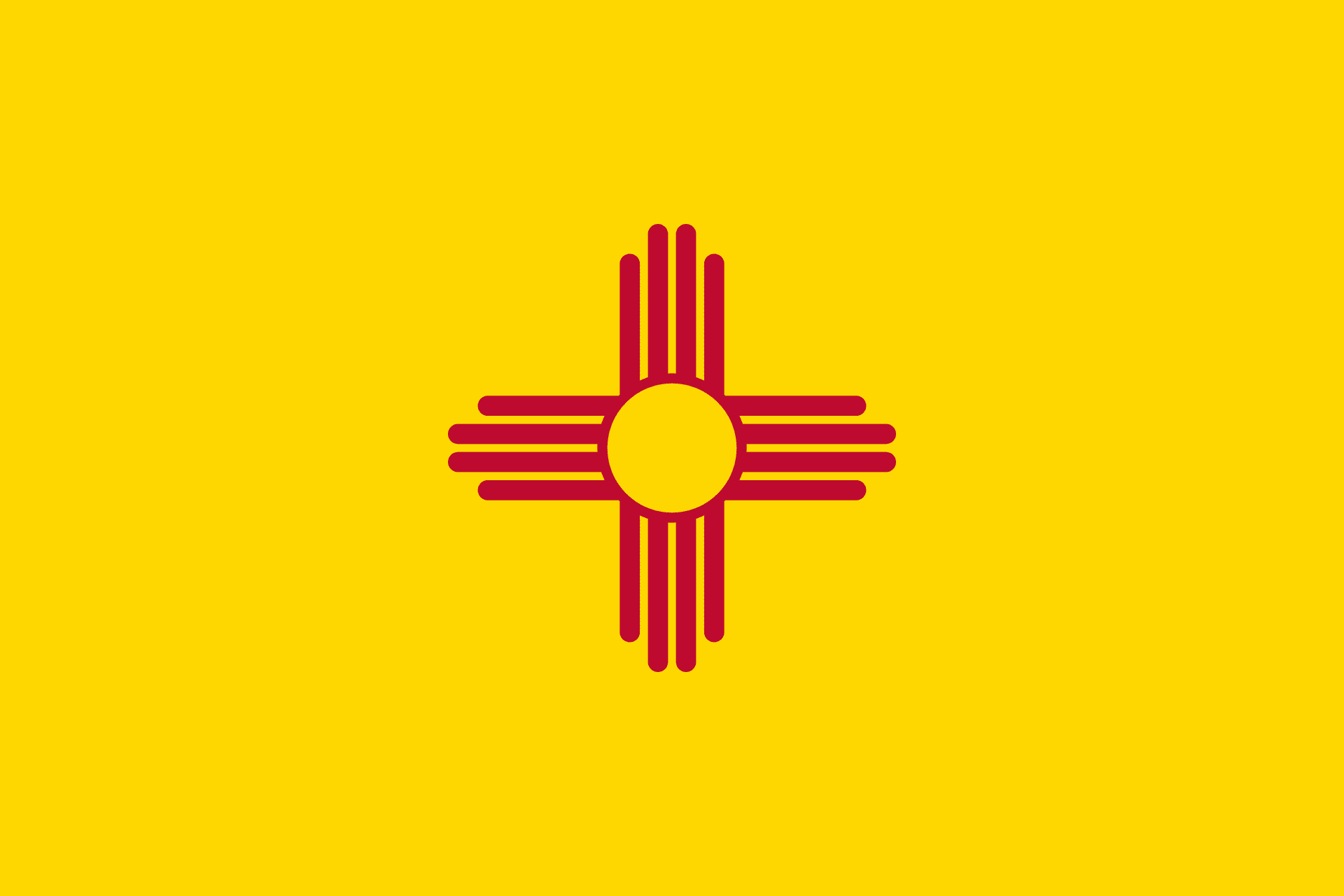Are you interested in uncovering the final resting places of your ancestors or exploring historic burial sites in New Mexico? Finding a grave in this southwestern state can be a rewarding and enlightening experience. In this article, we will guide you through various methods and resources for locating graves in New Mexico, whether for genealogical research or personal exploration.
Understanding New Mexico’s Burial Practices
Before embarking on your search for a grave in New Mexico, it’s essential to understand the state’s unique burial practices and traditions. New Mexico has a rich cultural heritage influenced by Native American, Hispanic, and Anglo traditions, which are reflected in its cemeteries and burial sites.
Native American Burial Sites
New Mexico is home to numerous Native American tribes, each with its own burial customs. Traditional Native American burial sites may be located on tribal lands and are often sacred grounds. It’s important to respect tribal sovereignty and cultural protocols when seeking out these sites.
Hispanic and Anglo Cemeteries
Hispanic and Anglo settlers have also contributed to New Mexico’s burial landscape. Historic cemeteries established by Spanish colonists and Anglo pioneers can be found throughout the state, offering insights into the region’s diverse history.
Methods for Locating Graves
When searching for a grave in New Mexico, there are several methods you can employ to track down burial sites and gather information about the deceased. Here are some effective strategies:
Online Genealogical Databases
-
Utilize online genealogical databases such as Ancestry.com and FindAGrave.com to search for burial records and cemetery information.
-
Enter the name of the deceased and any known details, such as birth and death dates, to narrow down your search results.
Local Archives and Libraries
-
Visit local archives, historical societies, and libraries in New Mexico to access burial records, obituaries, and cemetery surveys.
-
Consult with archivists and librarians who can assist you in your search and provide valuable insights into local burial practices.
Field Research and Cemetery Visits
-
Embark on field research by visiting cemeteries and burial grounds in New Mexico to locate graves firsthand.
-
Document grave markers, inscriptions, and surrounding landscapes to enhance your understanding of the burial site.
Exploring New Mexico’s Burial Sites
Once you have located a grave in New Mexico, whether through online research or on-site visits, take the time to explore and appreciate the significance of the burial site. Here are some tips for making the most of your experience:
Respectful Conduct
When visiting a grave in New Mexico, practice respectful conduct by observing any posted rules or regulations, such as hours of operation and photography restrictions. Treat the burial site with reverence and care.
Historical Context
Gain a deeper understanding of the historical context surrounding the grave you have located. Research the individual buried there, their contributions to New Mexico’s history, and the cultural significance of their resting place.
Genealogical Discoveries
If your search for a grave in New Mexico is part of a genealogical quest, document your findings and incorporate them into your family history research. Connect with living relatives and share your discoveries to preserve your family’s heritage.
Uncovering the Past: Finding Meaning in New Mexico’s Graves
As you navigate the process of locating graves in New Mexico, remember that each burial site holds a unique story waiting to be uncovered. Whether you are tracing your family lineage, exploring local history, or simply paying respects to the departed, the journey of finding a grave can be a profound and enlightening experience.
If you have feedback, questions, or ideas for future articles or Information Hubs, please contact us. Your insights help us create valuable content.


